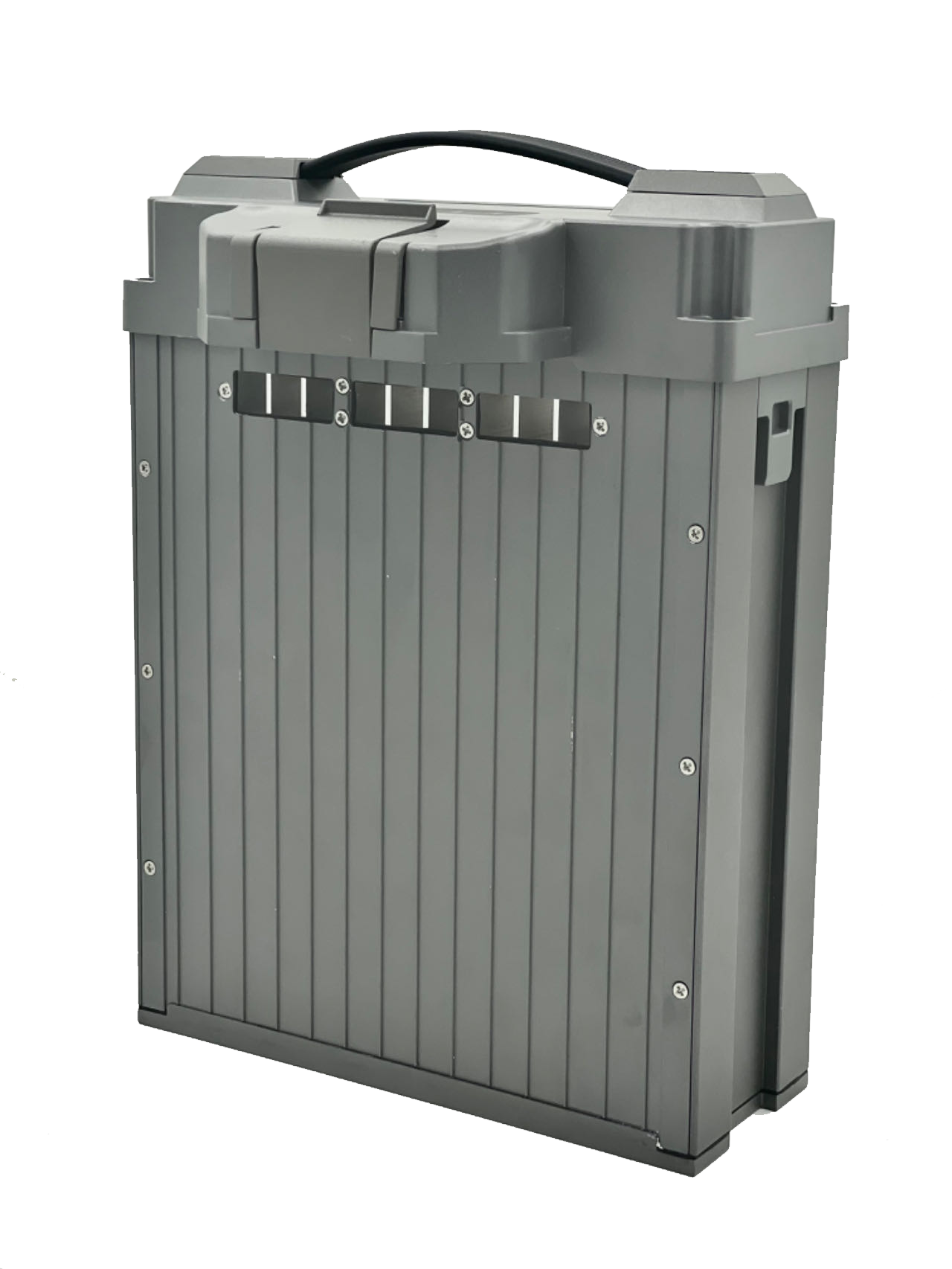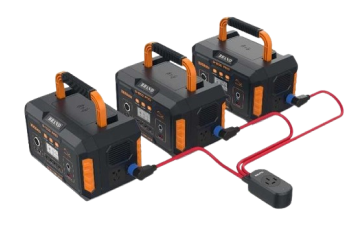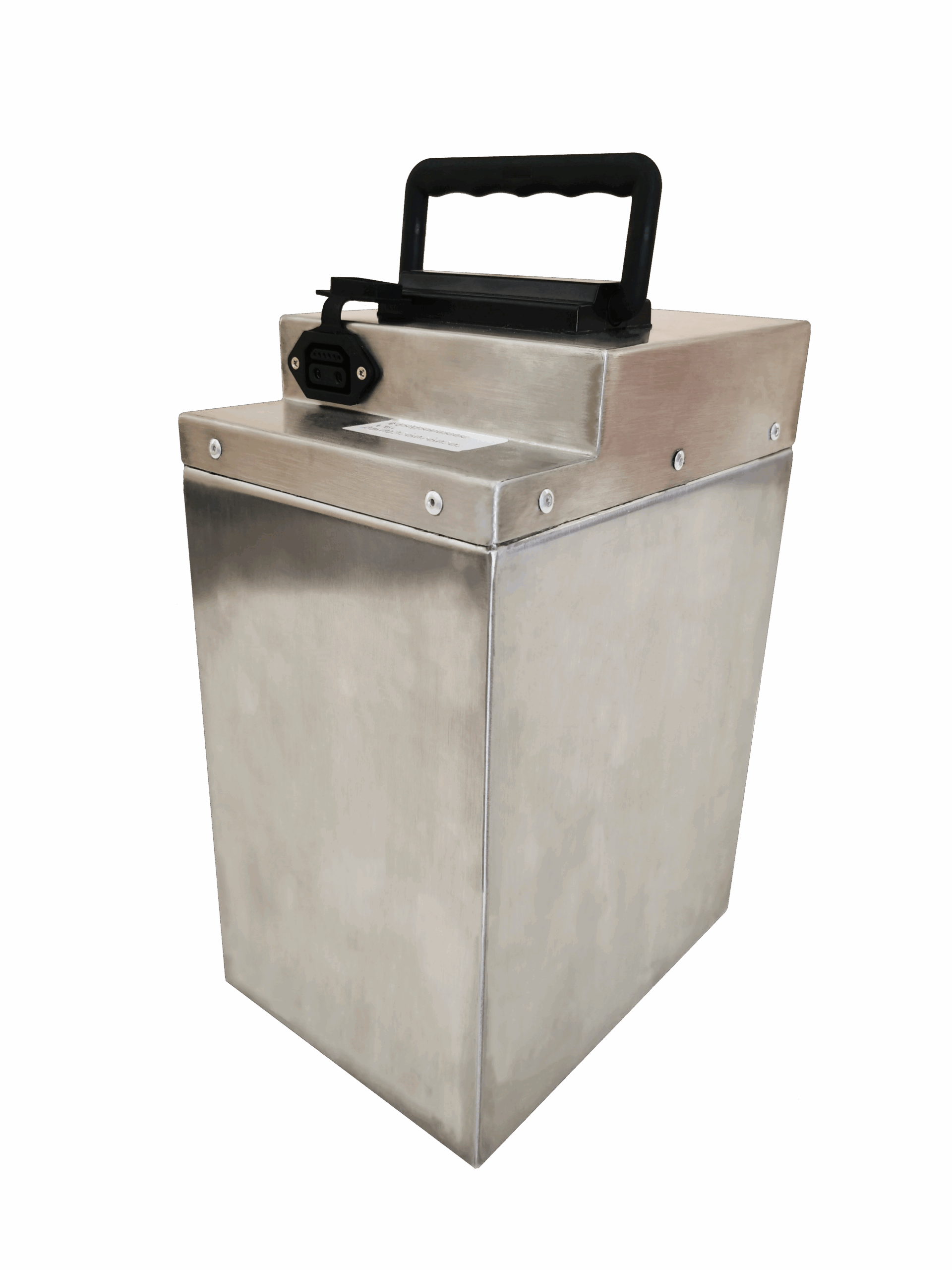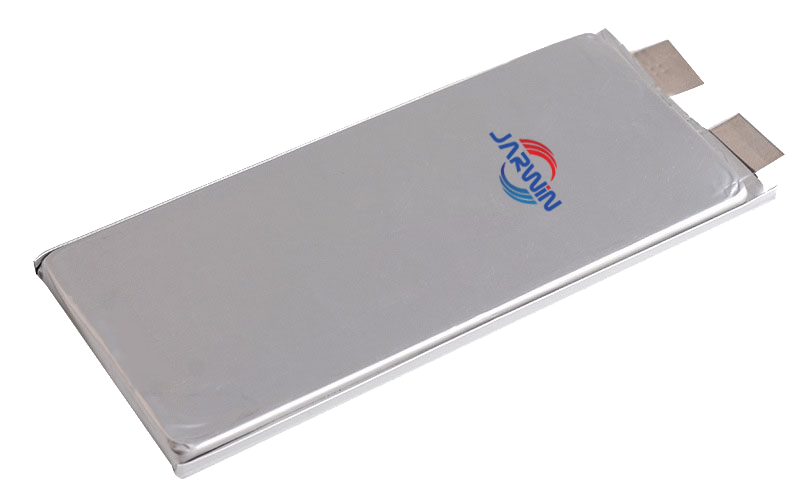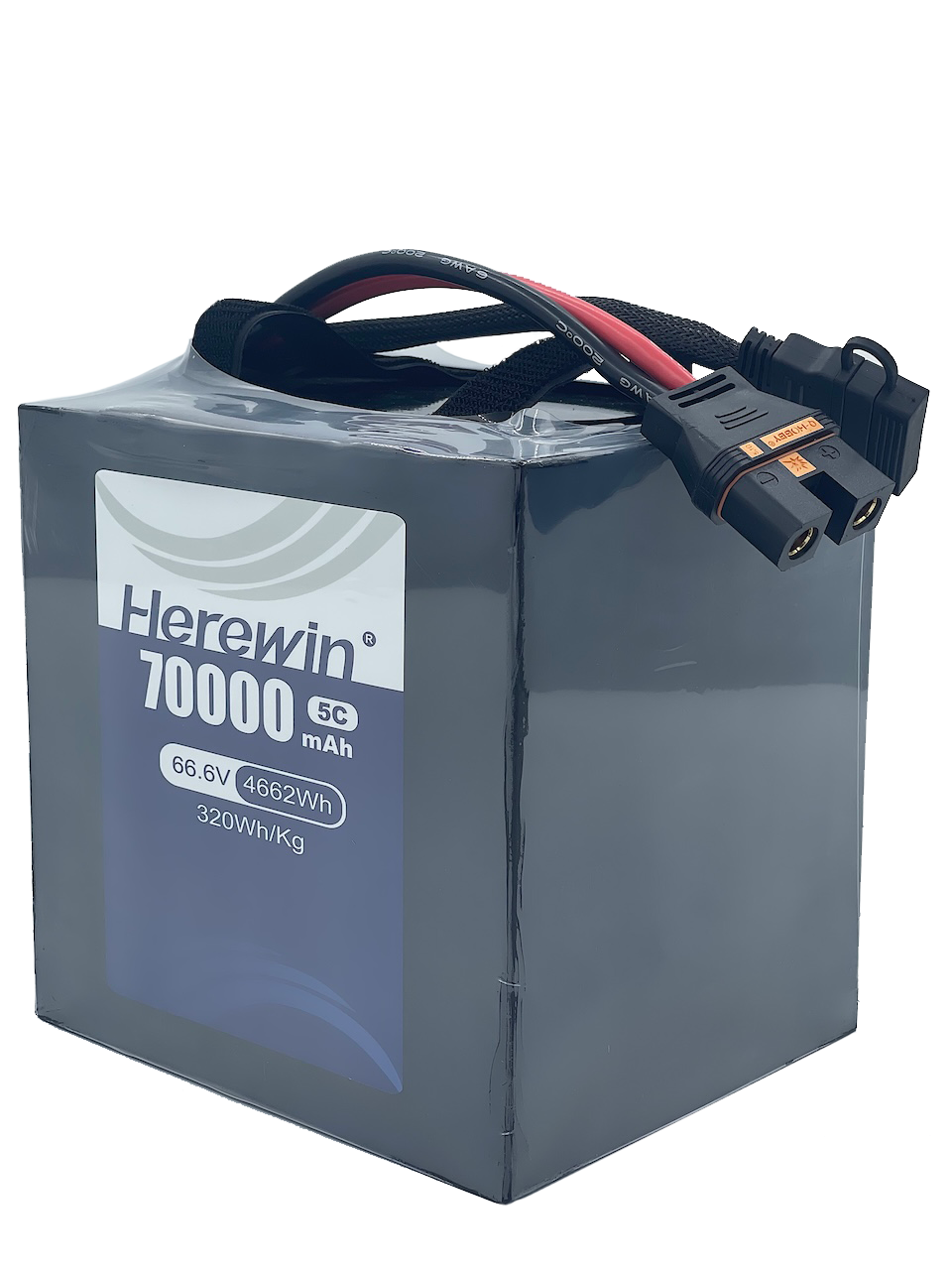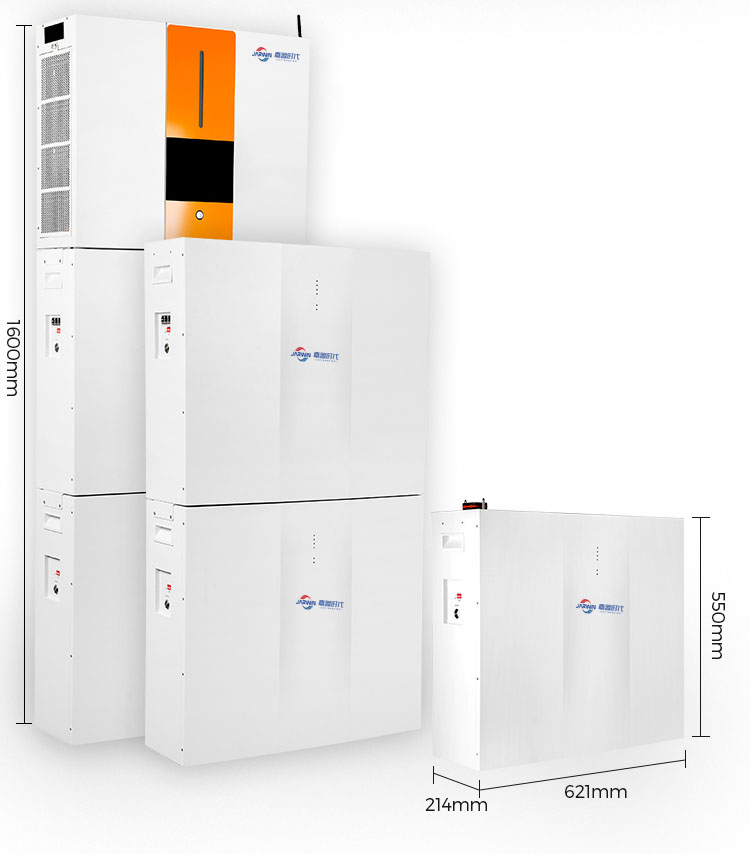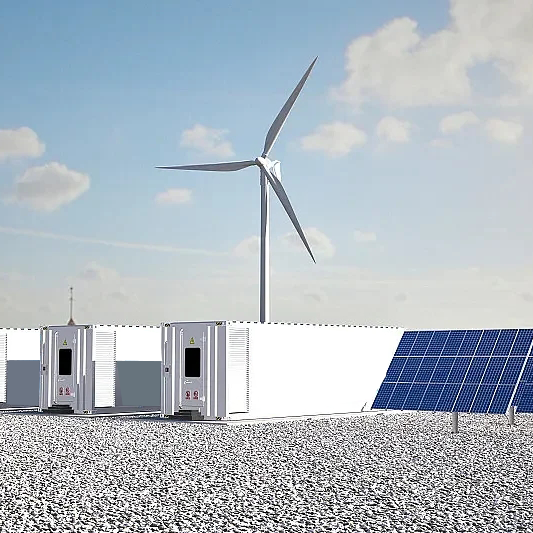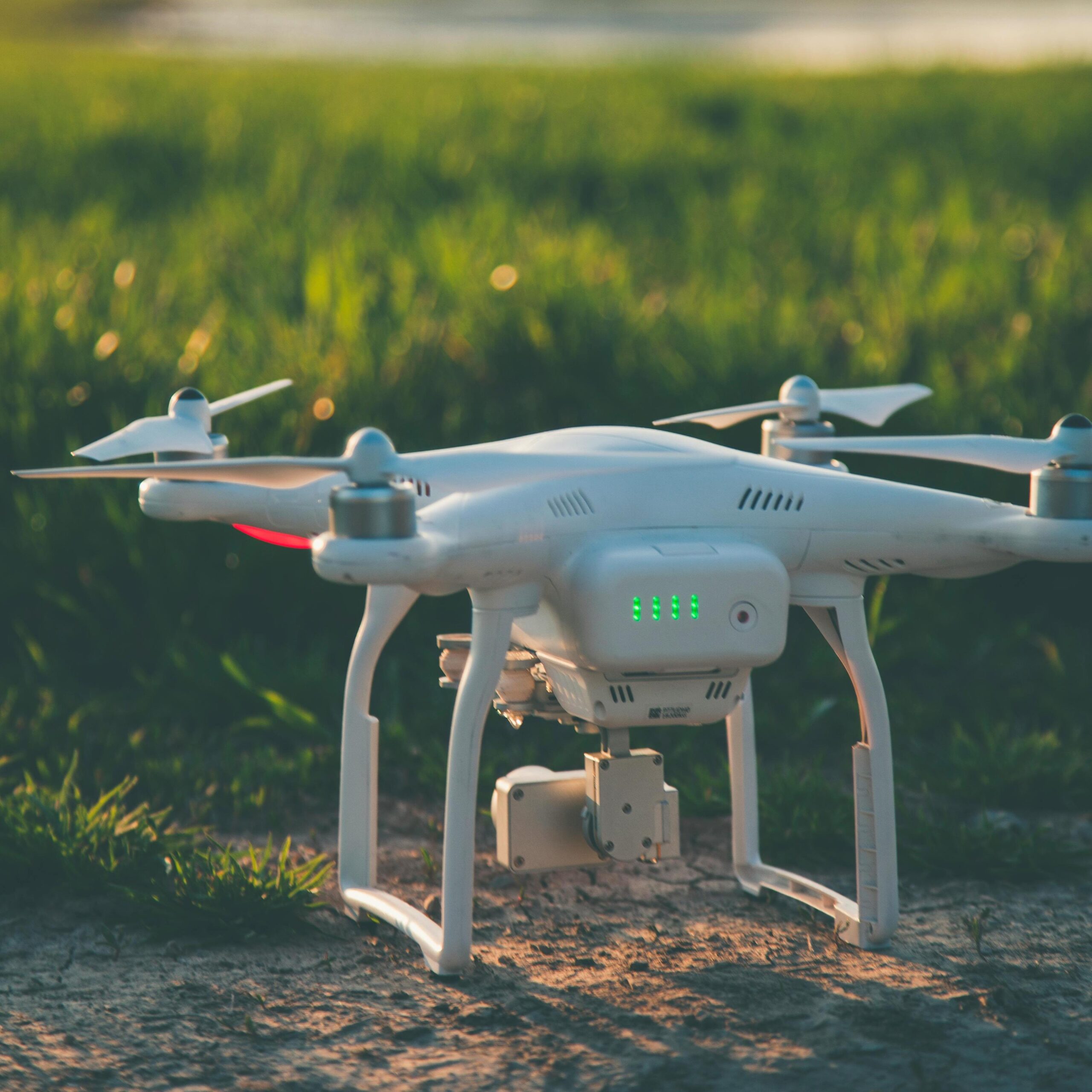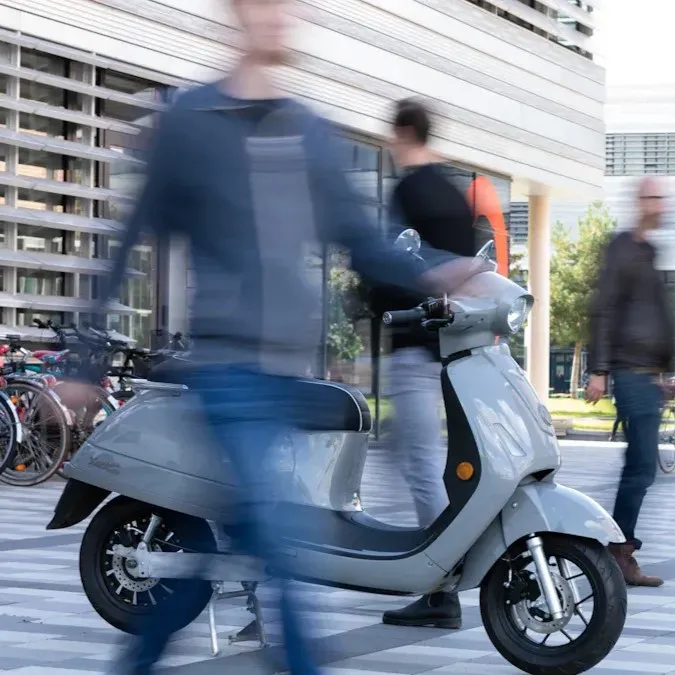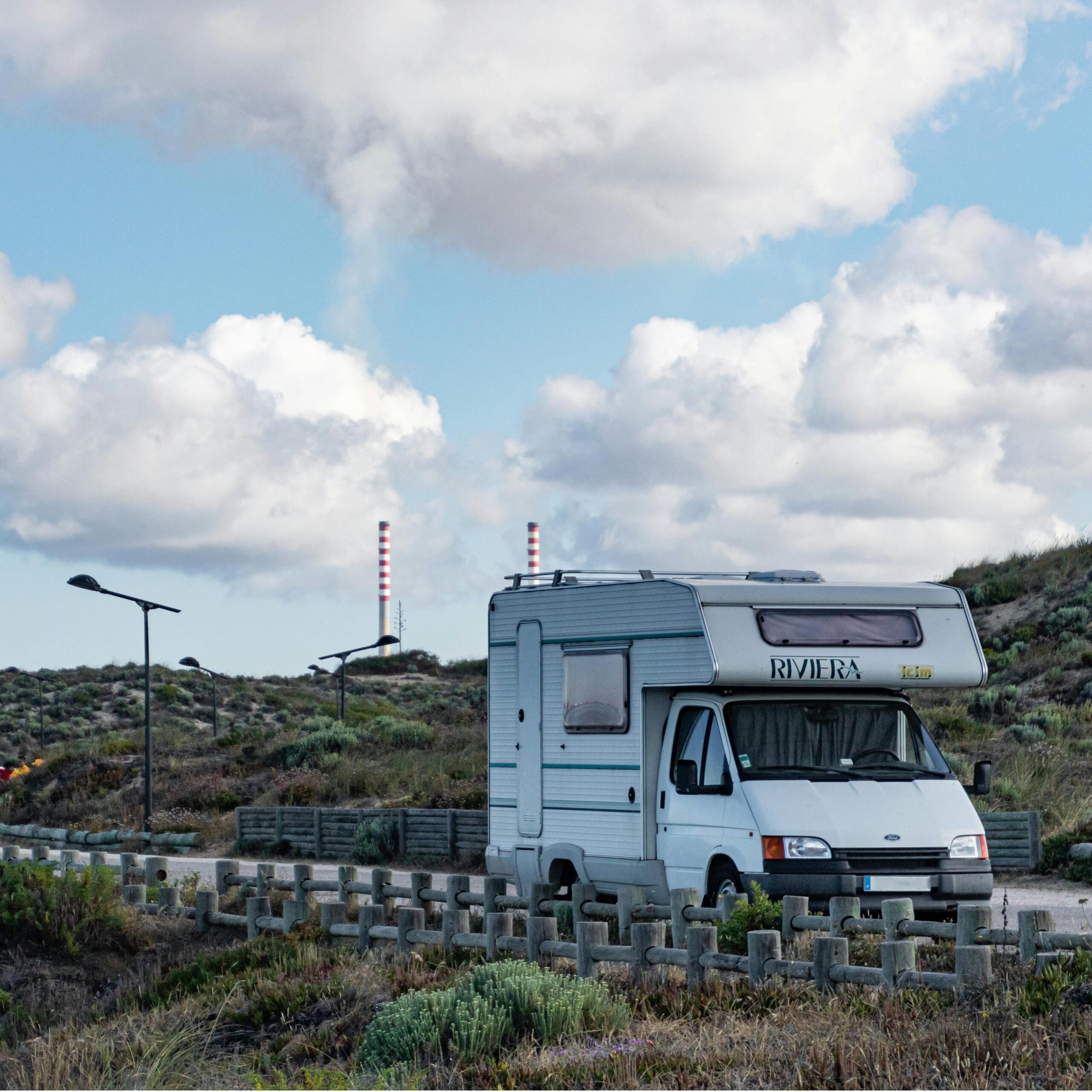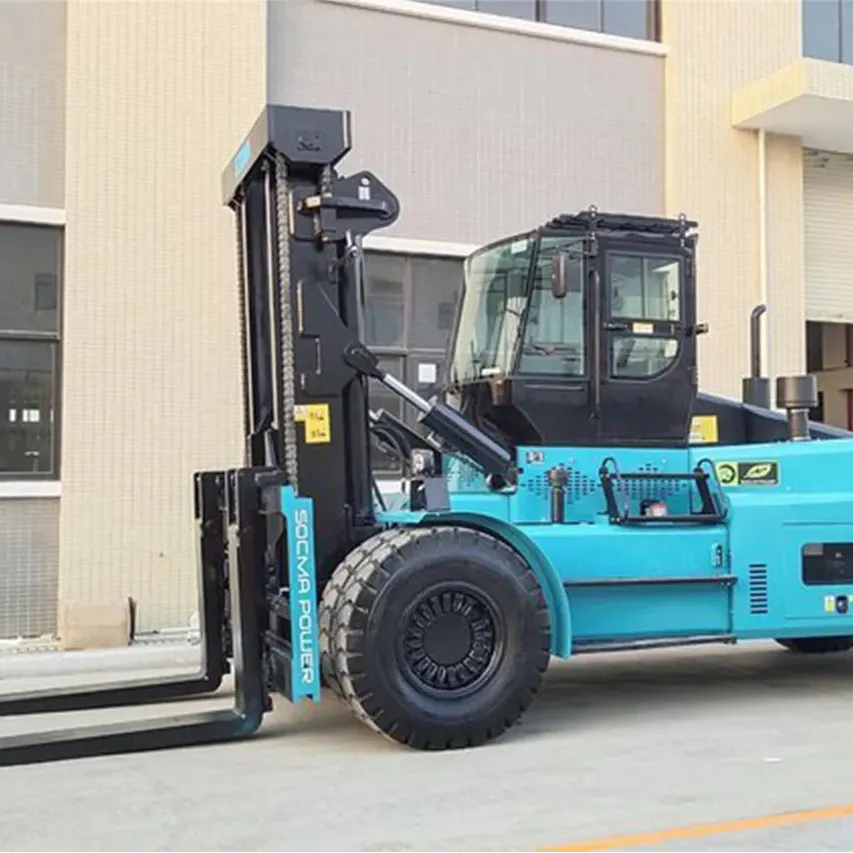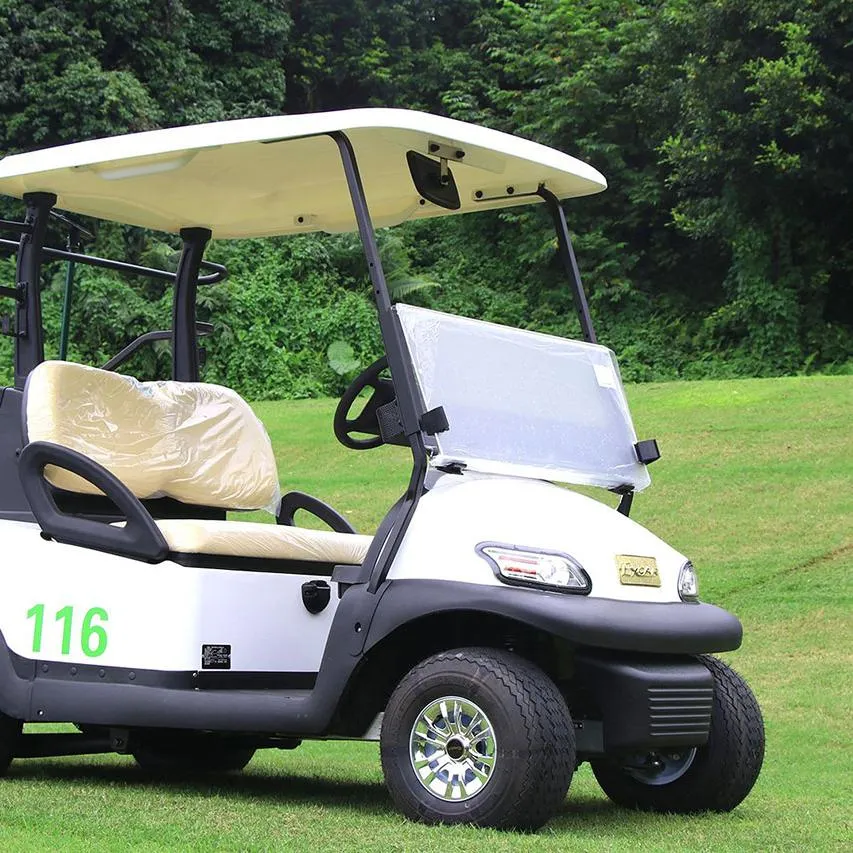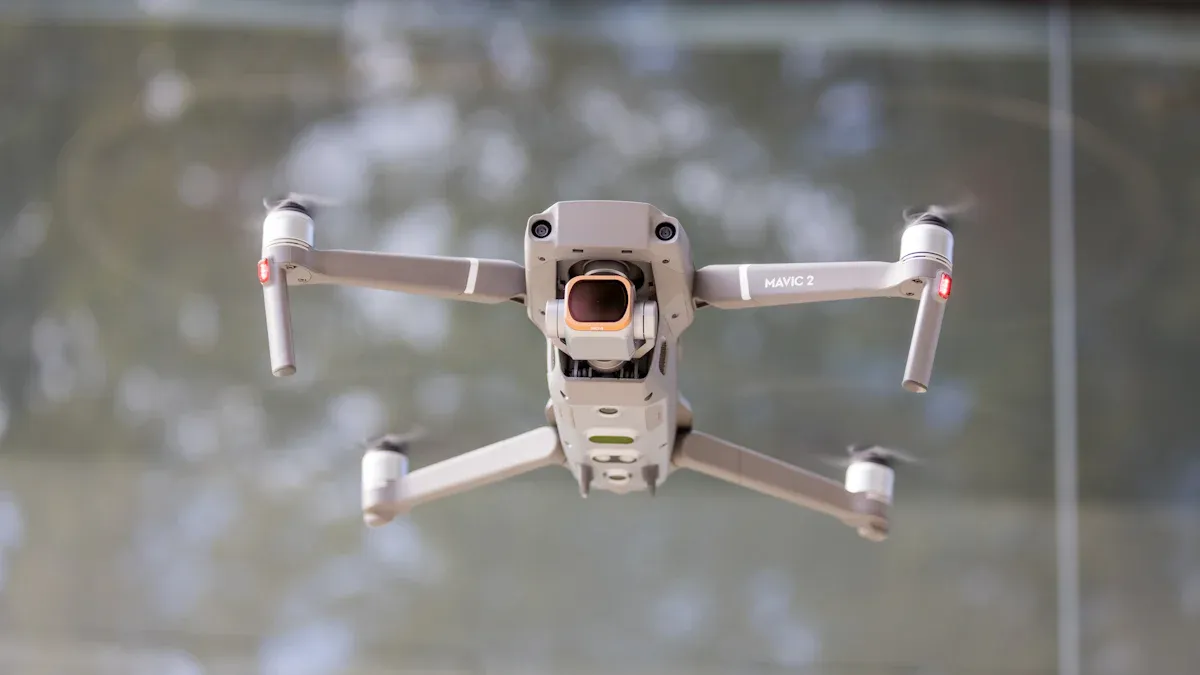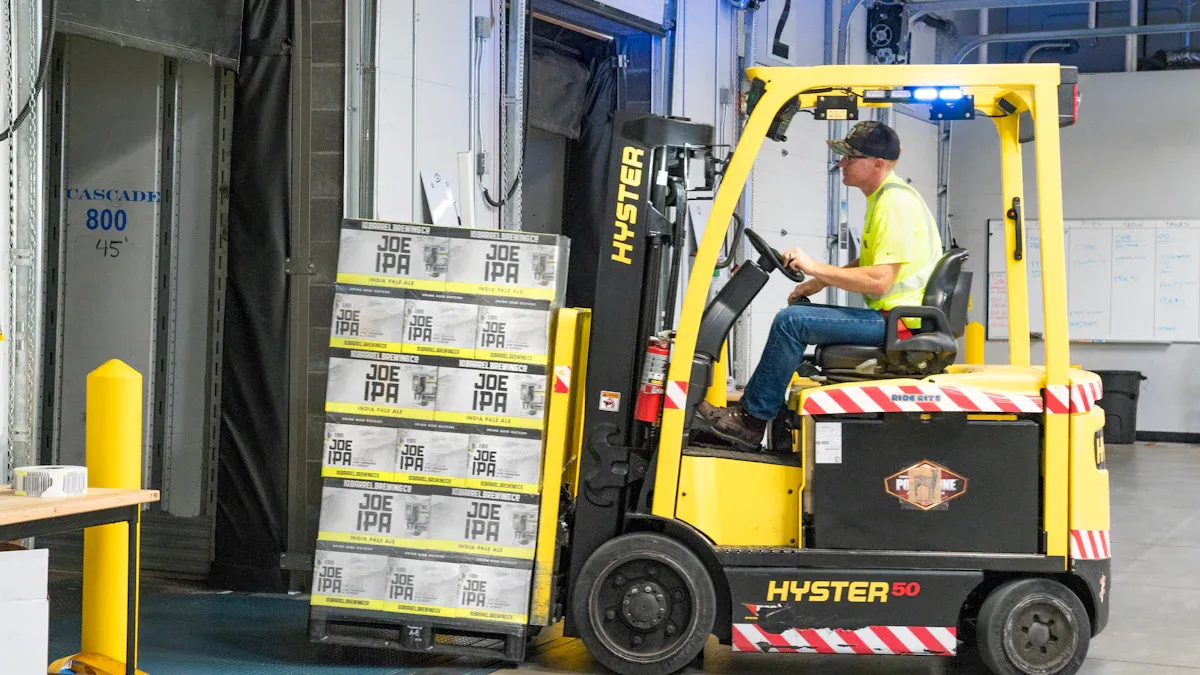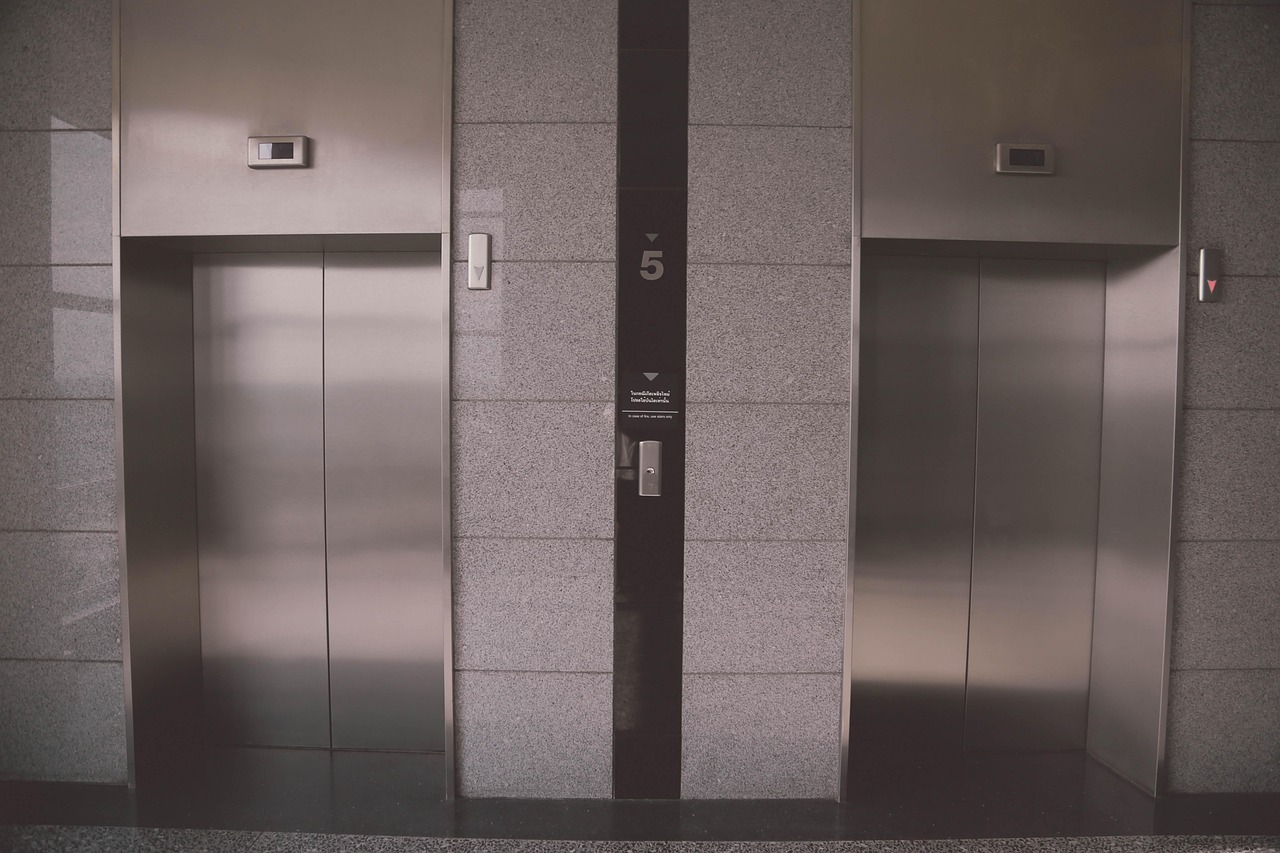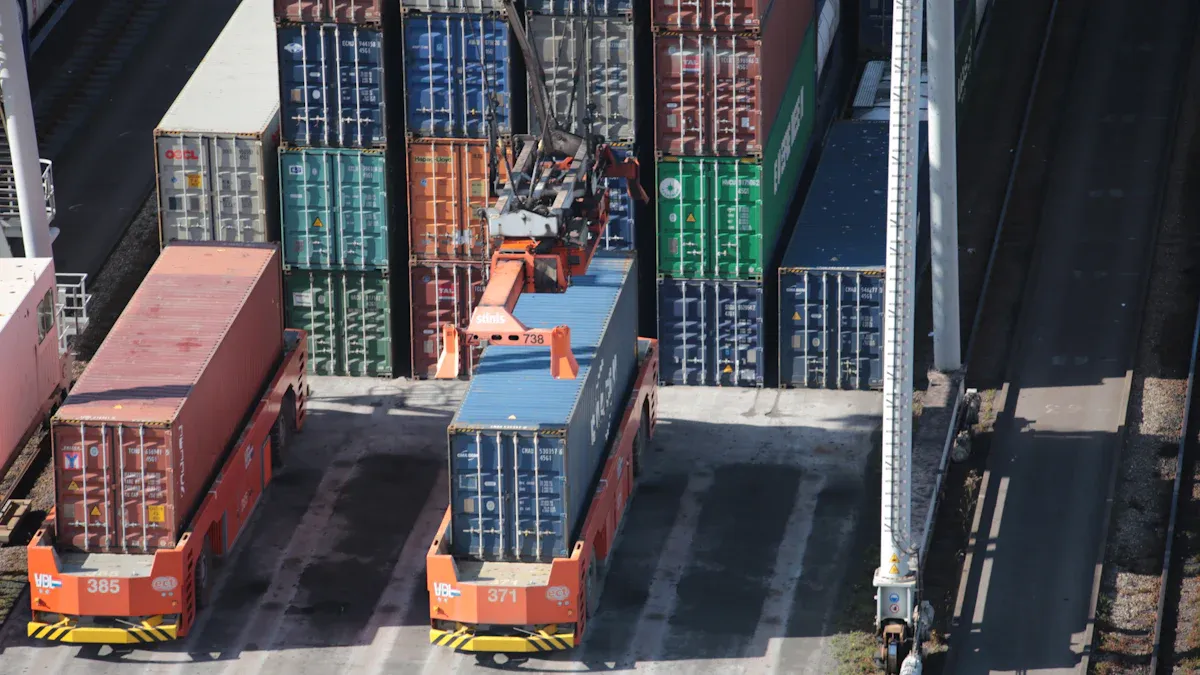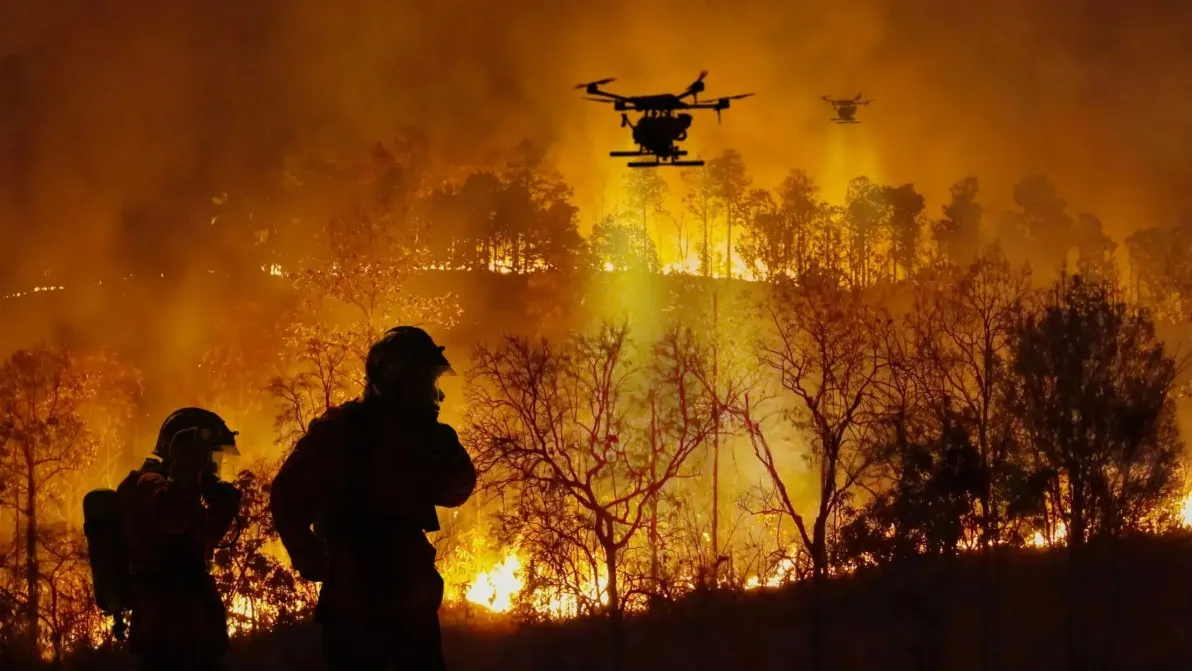
In critical missions such as disaster relief and building inspections, the reliability of rescue drone batteries is paramount. You depend on these batteries to perform effectively when it matters most. In extreme environments, such as extremely cold or hot conditions, selecting the right battery is essential. For instance, semi-solid-state batteries excel in harsh conditions, unlike standard lithium-ion batteries that may struggle in similar scenarios. Choosing the appropriate battery can significantly impact the success of your mission.
Hal-hal Penting yang Dapat Dipetik
Pick batteries that work well in very hot or cold weather. Semi-solid-state batteries are great in both types of weather. They help keep your drone reliable during important missions.
Think about how things like humidity and wind affect battery performance. High humidity can hurt electronics. Strong winds can make flight time shorter.
Look closely at battery chemistry. Lithium Polymer (LiPo) batteries have a lot of energy. Lithium-ion batteries last longer but may not work well in extreme temperatures.
Check and take care of batteries often to keep them safe and working well. Replace damaged batteries early to avoid problems during missions.
Buy high-quality batteries to save money in the long run. Good batteries help drones work better and reduce downtime, which is good for your budget.
The Unique Challenges of Extreme Environments
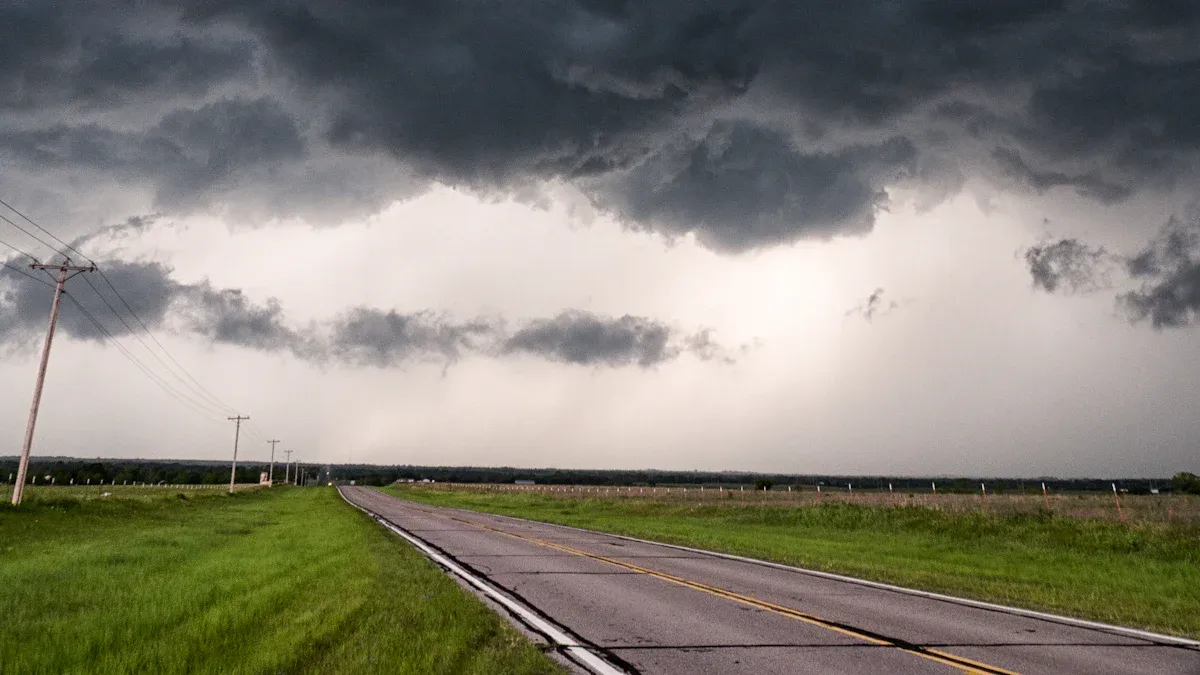
Temperature Challenges
Extreme temperatures create big problems for rescue drone batteries. When it’s very hot, the battery may not work well. High heat can make flight times shorter and harm battery cells. For example, lithium-polymer (LiPo) batteries might lose capacity, which means less flying time. You might see that high temperatures can also raise internal resistance. This makes power output lower during use. This can be very important during missions where every second matters.
In cold weather, things get worse. Cold can cut battery capacity by 30-50%. This means your drone might not have enough power to finish its job. Also, low temperatures can slow down the chemical reactions inside the battery. This leads to less efficiency. You need to think about these things when planning missions in extreme conditions.
Factor | Impact on Battery Performance |
|---|---|
Temperature | High heat can shorten flight times and harm battery cells; cold cuts efficiency. |
Humidity | High humidity can harm electronics; moderate levels may not be a big problem. |
Wind | Strong winds make motors work harder, reducing battery life and flight time. |
Precipitation | Rain and snow can harm electronics and add weight, hurting flight performance. |
Physical Challenges
Physical challenges also change how reliable rescue drone batteries are. Drones often fly in places with lots of vibration and shock. For example, vibrations from motors and propellers can affect battery performance. You might find that recorded vibration levels can be from 0.49 to 1.69 Grms sideways and 0.54 to 0.99 Grms up and down. These vibrations can cause stress on the battery, which might lead to breakage or swelling.
Also, drones can feel shock levels up to 14 G while flying. This can really change how well the battery works and how long it lasts. You should think about these things when picking batteries for your rescue drones.
Berat: Batteries make up a lot of the drone’s weight, often about 65% of it.
Limited Charge Cycles: Batteries wear out after 200-300 charges, affecting their power and reliability.
Temperature Sensitivity: Lithium-ion and lithium-polymer batteries can be harmed by heat, leading to damage or failure.
Mechanical Stress: Batteries can break or swell due to stress during flights.
Power Challenges
Power challenges are very important when you think about what rescue drones need for missions. Not enough battery power can cause serious problems. For example, if your drone runs out of power during an important mission, it might slowly fall or crash hard. This can happen if the drone is high up when the battery fails. The drone’s electronics might shut down if the voltage gets too low, causing a total loss of control.
You need to make sure the batteries you pick can meet your mission needs. High-capacity batteries, like lithium-polymer and semi-solid-state batteries, are often better because they have more power and discharge faster. These batteries can give you the reliability you need in tough environments.
Short Battery Life: This directly affects the ability to finish long missions, leading to frequent battery changes.
Logistical Challenges: Moving and charging many batteries in remote areas makes operations harder, affecting mission success.
By knowing these unique challenges, you can make smart choices when picking rescue drone batteries for extreme environments.
Choosing the Right Battery Chemistry
When you pick batteries for rescue drones, knowing their chemistry is very important. Each battery type has its own pros and cons, especially in tough conditions. Here, we will look at three common battery types: Lithium Polymer (LiPo), Lithium-ion (Li-ion), and semi-solid-state batteries.
Lithium Polymer (LiPo) Batteries
Lithium Polymer (LiPo) batteries are a popular choice for many drone uses. They have several benefits that make them good for rescue missions:
Limitations of LiPo Batteries | |
|---|---|
High working voltage (3.6v~3.8v) | Lower energy density than Li-ion |
Large capacity density (1.5~2.5 times Ni-MH/Ni-Cd) | Shorter cycle life |
Low self-discharge rate | Costly to make |
Long lifespan (over 500 cycles) | No standard size available |
No memory effect | Higher cost/energy ratio than Li-ion |
Good safety (less risk of explosion) | |
Ultra-thin design (less than 1mm) | |
Customizable shape | |
Good discharge features |
LiPo batteries are light, which is important for drones that need to be fast and nimble in rescue work. They have high energy density, giving more power for longer flights, which is key in emergencies. Good thermal management helps these batteries work safely and well in different conditions, which is crucial for reliability in urgent situations.
Lithium-ion (Li-ion) Batteries
Lithium-ion (Li-ion) batteries are another common choice for rescue drones. They have a different set of benefits and challenges:
Jenis Baterai | Voltage (V) | Cycle Life (cycles) | Performance in Cold Conditions |
|---|---|---|---|
NMC | 3.5–3.6 | 1,000–2,000 | Can drop voltage |
LCO | 3.7 | 500–1,000 | Can drop voltage |
LiFePO4 | 3.2 | 2,000–5,000 | Performa yang stabil |
Li-ion batteries have a higher energy density than LiPo batteries, which means longer flight times. But they have limits in extreme conditions. For example, very cold weather increases internal resistance, lowering pulse power performance. Voltage drops and capacity cuts happen below 0°C, affecting steady energy output. Also, the risk of thermal runaway goes up with changing temperatures, needing better safety measures.
Baterai Semi-Solid-State
Semi-solid-state batteries are the next step in battery technology. They mix the benefits of regular lithium batteries with better safety and performance. Here are some key benefits:
Allows for longer flight time for drones, which is important for complex or long tasks.
Lowers the battery weight, improving overall drone efficiency.
Works reliably from -40°C to 80°C, ensuring stability in tough conditions.
Avoids problems like swelling or leaking that regular batteries face in extreme temperatures.
Greatly lowers the risk of internal short circuits, reducing hazards like fire or explosion.
Goes through strict safety testing for electrical, mechanical, thermal, and environmental factors.
Lasts over 2,000 charge-discharge cycles, meaning less frequent replacements.
Cuts maintenance costs and environmental impact from battery disposal.
Made with bahan yang ramah lingkungan, reducing emissions and waste.
The high energy density of semi-solid-state batteries allows for longer operational ranges, making them perfect for rescue drones in tough environments. They can store more energy and perform well in harsh conditions, which is vital for tasks like delivering supplies or saving lives.
Beyond Specs: How to Scientifically Evaluate Battery Reliability
When you choose batteries for rescue drones, look beyond just the specs. To check battery reliability, you need to know key performance indicators and test quality carefully.
Key Performance Indicators
You should think about several performance indicators to check battery reliability well. Here’s a table that shows the most important indicators:
Performance Indicator | Description |
|---|---|
Long battery life | At least 30 minutes is needed, with 45+ minutes being best for longer missions. |
Modular battery system | Allows quick battery changes to reduce downtime, keeping operations going. |
Energy-efficient design | Light materials and smart shapes help flights last longer. |
Manajemen daya yang cerdas | Smart systems with real-time checks stop sudden shutdowns and help land safely. |
Hybrid power solutions | Uses gas-electric engines or solar charging to boost flight time. |
These indicators help you see if a battery can handle tough environments.
Quality Verification
Manufacturers check the quality and safety of rescue drone batteries with thorough testing methods. For example, companies like Herewinpower do in-house tests that go beyond regular certifications. Their batteries also get tested by outside labs for UN 38.3 certification. They use a parachute shock simulator to see how well the batteries hold up under tough conditions. Plus, they run tests to check battery performance in hot and cold temperatures. Strict cycle testing makes sure the batteries keep their power over time, staying efficient after 500 cycles.
To keep safe, think about these recommended features for rescue drone batteries:
Handle with care and retire early: Check batteries for damage and retire them if needed to avoid risks.
Use Li-Po bags and ammo boxes for storage: Keep batteries in special bags and consider steel ammo boxes for extra safety.
Transport batteries in foam cases: Use foam cases to protect batteries during transport and don’t use chargers for this.
Fire fighting equipment: Have fire extinguishers and blankets ready in case of a battery fire, and make sure to train on how to use them.
Perform regular battery maintenance: Follow maintenance tips to extend battery life and keep operations safe.
By focusing on these performance indicators and quality checks, you can confidently choose reliable batteries for your rescue drones. This ensures they work well in tough environments.
The Investment in Reliability: ROI and Long-Term Value
When you buy reliable batteries for rescue drones, you make a choice that affects your budget and how well you operate. Knowing the costs helps you make smart choices.
Cost Analysis
Think about these points when looking at battery costs:
Aspek | Details |
|---|---|
Each flight usually uses one battery. Bigger missions need more batteries. | |
Backup Batteries | You will have extra costs for backup batteries and charging them. |
Risk of Battery Failure | If a battery fails, it can stop operations and cause money loss. |
Battery use directly impacts your budget. If you plan to do big missions, you will need several batteries. This raises your starting costs. Also, having backup batteries is important for smooth operations. If a battery fails during a key mission, it can cause expensive delays.
Return on Investment
Buying high-quality batteries is worth it over time. Here’s why:
Evidence | Explanation |
|---|---|
This removes battery life limits, allowing longer operation without needing to recharge. | |
Continuous operation enhances overall efficiency | It cuts down the need for many drones and reduces downtime, saving money in the long run. |
Battery performance is affected by environmental factors | Extreme temperatures can lower battery efficiency, causing more downtime and interruptions. |
By choosing reliable batteries, you improve your drone’s flight time and efficiency. This means fewer breaks and less need for many drones. You can focus on your mission without worrying about battery life. In the end, investing in good batteries not only boosts your operations but also saves you money over time.
Picking the best battery for your rescue drone is very important. It impacts safety, reliability, and your business success in the long run. Choosing wisely helps your drone work well in tough conditions.
Tips:A high-quality battery is the decisive factor in improving mission success and operational efficiency.
If you need help, reach out to our expert team. We can assist you in finding the optimal solution to power your most critical missions.
PERTANYAAN YANG SERING DIAJUKAN
What type of battery is best for rescue drones?
Semi-solid-state batteries are the best choice for rescue drones. They have high energy density, long life cycles, and work well in extreme temperatures. Lithium-polymer batteries are good too, but they might not perform well in tough conditions.
How do temperature extremes affect battery performance?
Extreme temperatures can greatly affect how batteries work. High heat can shorten flight time, while cold can reduce capacity by up to 50%. Always think about the environment when choosing batteries for your drone.
How often should I replace my drone batteries?
You should change your drone batteries after 200-300 charge cycles. Check them regularly for any damage or swelling. Replacing damaged batteries early can help avoid safety issues during missions.
Can I use regular batteries in rescue drones?
Regular batteries might not give the reliability needed for rescue drones. Special batteries, like lithium-polymer or semi-solid-state, are made for high performance and safety in tough conditions.
What safety features should I look for in drone batteries?
Look for batteries that have built-in protection against overcharging, over-discharging, and short circuits. A smart battery management system (BMS) can improve safety and performance during missions.


